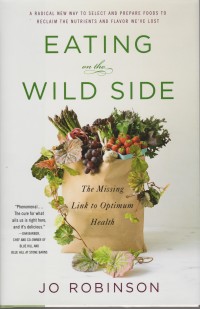As an example of a rice dish for which I contend that there is no comparable grain–at least no whole-grain, “healthy” one–let me explain this simple little dish I came up with the other day:
First, as always, the rice needs to be rinsed several times, until the rinsing water runs clear. This must be done very gently, to avoid breaking the fragile grains. Basmati swells lengthwise as it cooks, into elegant fluffy white fingers, so it’s important not to damage them. That’s the most laborious task in making this full-flavored rice.
Once the rice was washed, all I did was put it in a small pot and add the remaining ingredients: water, carrot juice, a few lightly crushed cardamom pods, a pinch of saffron, a little salt, and a small gob of coconut oil. Then I brought it to a boil as usual, turned the heat down to the lowest setting, covered the pot, and cooked the rice for 15 minutes. At a lower elevation–like sea level–I would use a quarter less liquid and cook it for 12 minutes. Once done, I slid a silicone spatula under the rice and fluffed it very lightly. That’s it!
The coconut oil helps keep the grains from clinging to one another, producing a lighter, much more appealing result than the same effort would without it. Brown basmati is a wonderful whole grain, and I do use it far more often than white basmati, but it would never absorb the flavors in this dish the same way, nor even close to the same extent. Think of painting with watercolors on a white canvas versus a grey or brown one–and then add the dimensions of texture, flavor and aroma!
I served this alongside a spicy dish of lentils and curried cauliflower and peas. And yes, I know I could have enjoyed the latter two with brown rice, but come on–nowhere near as much! The way I see it, if you eat something that’s less than ideal health-wise but way up the charts enjoyment-wise, and you eat it very rarely, it does you much more good than harm. That’s my theory and I’m sticking to it. No one has ever proven it wrong yet.
What do you think?







